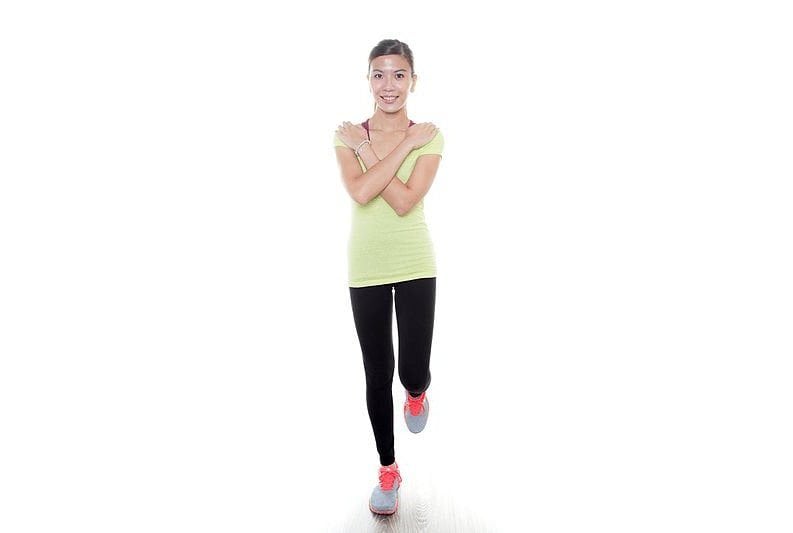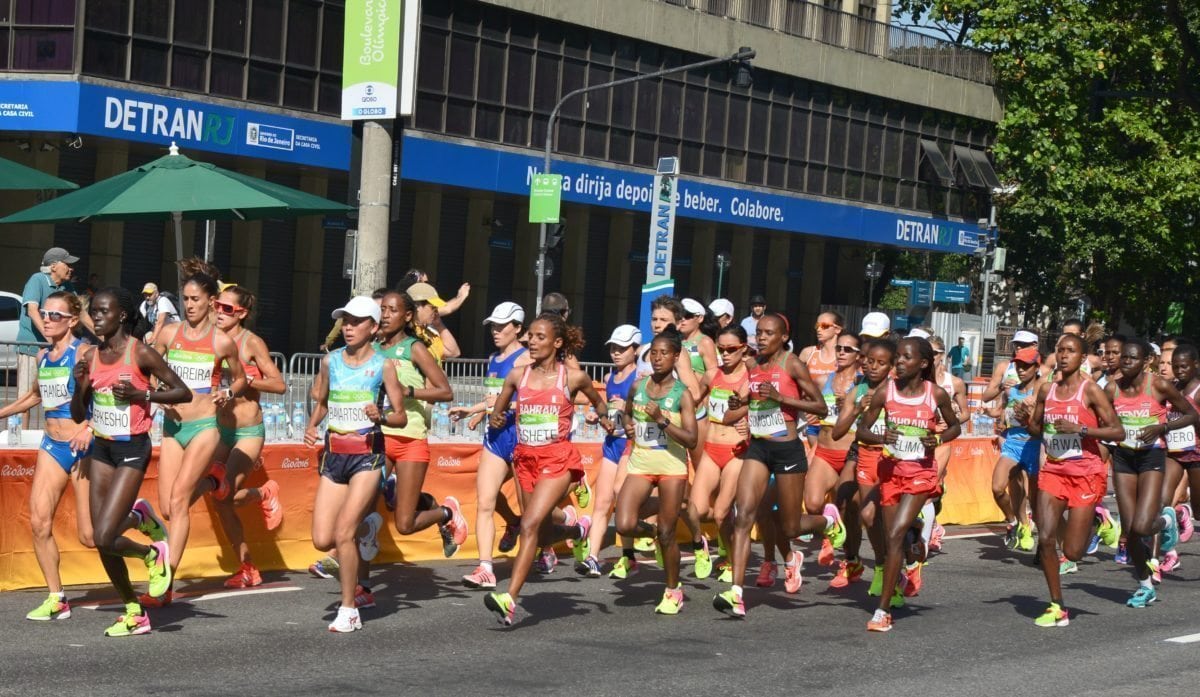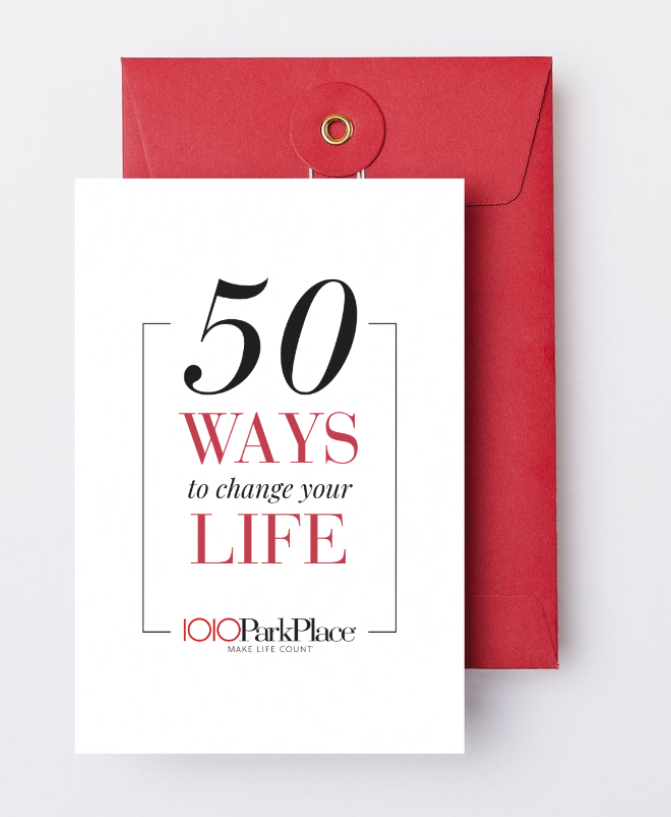I often find myself telling my patients what not to do, instead of what TO DO. Frankly it’s easier to dole out restrictions than recommendations. Here’s an example: Don’t eat sugar. That’s easier than trying to tell a patient under what circumstances it’s okay to eat sugar. But here’s one on the TO DO list:
Do single leg standing exercises! They improve balance and help prevent falls.
As we age our balance deteriorates. The result is we’re more likely to fall at a time when our bones are getting fragile, and we sustain disabling fractures, like those of the hip, shoulder and wrist. When we’re older these fractures can put an end to independent living and can even be life threatening.
Bottom line: If you don’t fall, you probably won’t break bones.
STAND ON ONE LEG AND THEN THE OTHER EVERY DAY. You don’t even have to take time out of your busy day to do it. Stand 30 seconds on one leg, then the other, when you’re waiting on the microwave. Stand on one leg when you’re brushing your teeth. You get better and better at it, and eventually you can do it almost anytime you are standing around with nothing else to do!
PROGRAM FOR BALANCE AND FALL PREVENTION
1.) Single Leg Standing: This exercise should be done on an even surface and with a countertop close at hand.
a) Put your hand on the countertop and then elevate one leg.

b) Then lift the hand away from the countertop while looking straight ahead.
c) Put the hand back on the countertop or the foot back on the ground as soon as you begin to lose your balance. Repeat until you are able to stand for one full minute on each leg. This exercise can be done while waiting for water to boil or while you’re brushing your teeth. Once you get to the point where you can do it without holding on to a countertop, take any opportunity to practice.
2.) Single Leg Standing Plus: Once you have become adept at the simple one-minute, single leg standing exercise, you can begin to make the exercise a little more difficult by:
a) Writing the ABCs with the foot that’s off the ground.

b) Moving the leg which is off the ground around in circles or out to the side.

Start these exercises young! Falls are responsible for a lot of injuries, disabilities and visits to the emergency room… at any age!








7 thoughts on “REDUCING THE RISK OF FALLING OVER 50”
I will try to remember this, because I’m not good at these. Now I know how vitally important they are. Thank you, Barbara! xoxox, Brenda
thank you for the info on balance-
balance is critical, especially for the aging!
I’d like to ask please, if there is an exercise for balance, if you have limitations-
like funky knees!
I need these.
Thank you, Dr. Bergin
I’m happy you benefited from Dr. Bergin’s suggestions, Pat. Thank you for letting us know, Brenda
After breaking the same wrist twice and breaking a bone in my foot, I think I need these. Thank you.
Don’t we all, Sandra? I’m glad you got something from Dr. Bergin’s post. xoxo, Brenda
After I fell hiking and broke my knee and elbow, my son told me his physiotherapist had him doing something similar to this to keep him from tripping on trail runs. You close your eyes while standing on one foot for a minute each. It makes your brain “catch” your balance, something that diminishes with age. I do it with a post between my outstretched hands to constantly catch myself but getting a little steadier every day.
Comments are closed.